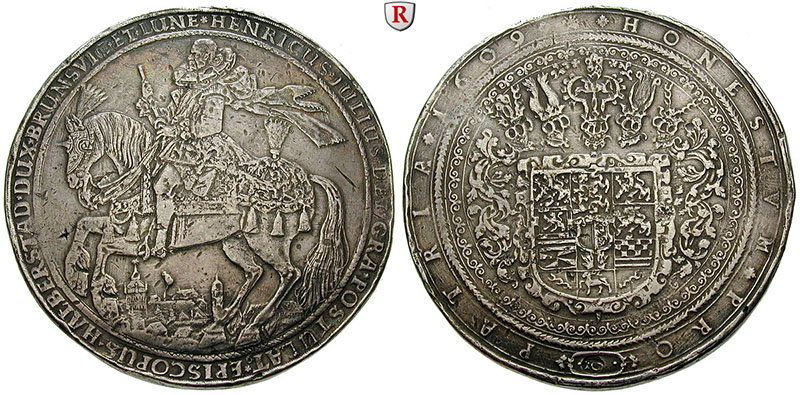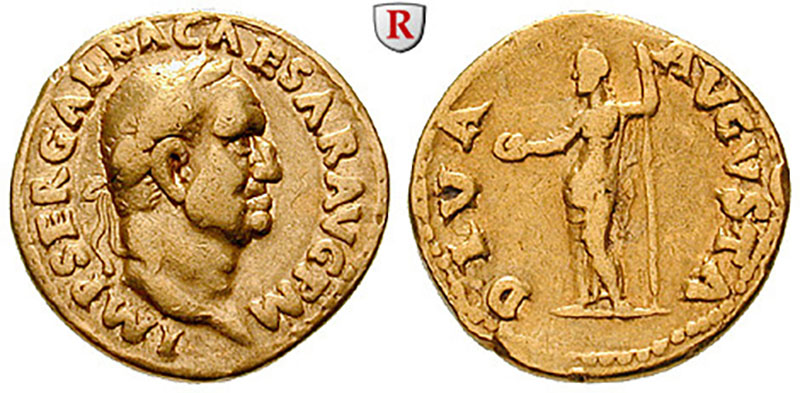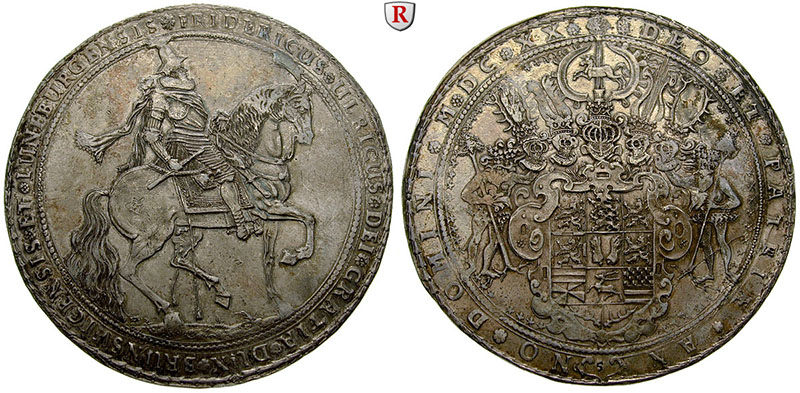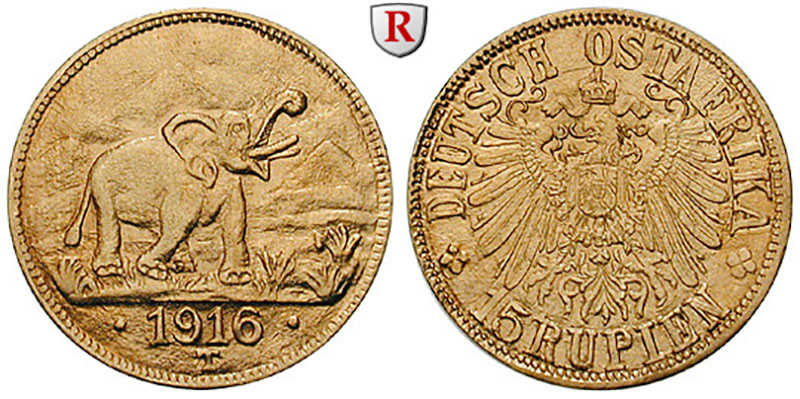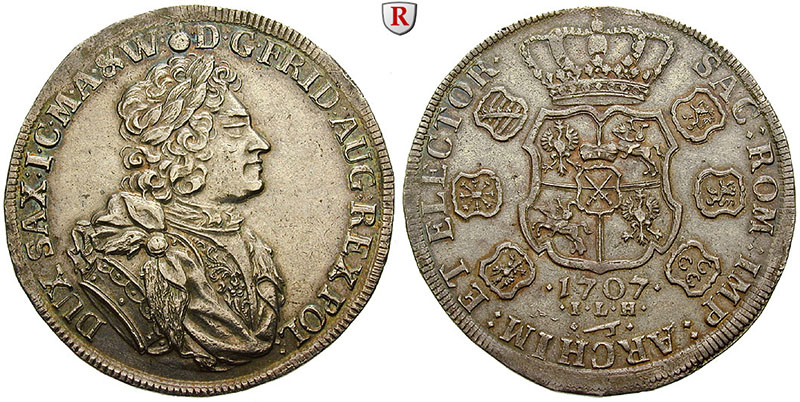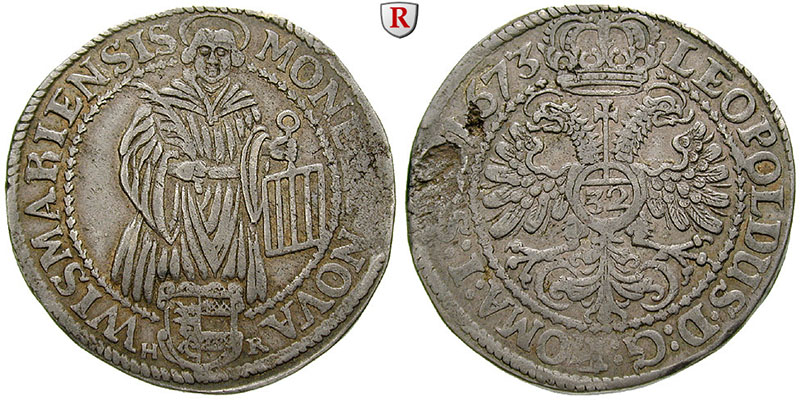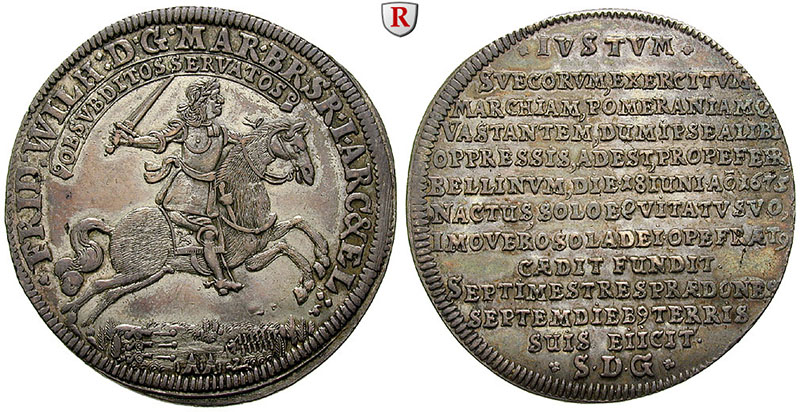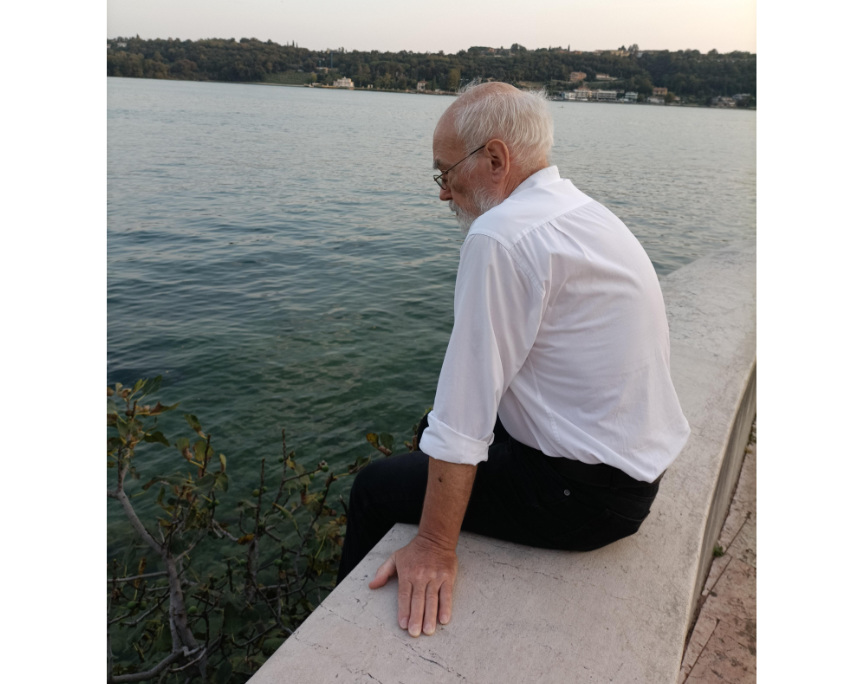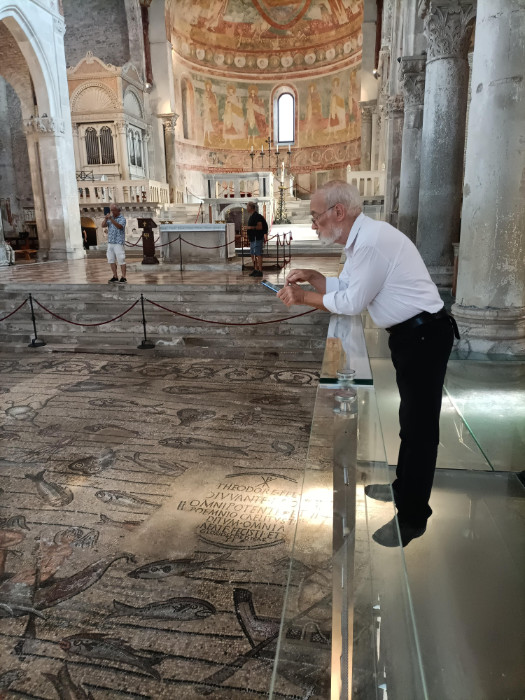Joachim Stollhoff (18.7.1948-2.11.2024)
by Claire Franklin-Werz.
Joachim Gottlieb Stollhoff died unexpectedly on 2nd November, a week after contracting a severe lung infection. He was manager of the company Münzen & Medaillen GmbH in Weil am Rhein, where he was just about to hold his 51st Auction.
Joachim Stollhoff was born in West Berlin in 1948 and grew up in the Charlottenburg area of the city. His father, Fritz Stollhoff, was a genealogist and he had an elder sister, Helga, who died relatively young, leaving two nieces with whom he remained in close contact. He attended the Theodore Heuss Realschule up until his Abitur, and in his later years he enjoyed visiting class reunions in Berlin with his old classmates. As a young man he was interested in sport and studied Leibeserziehung, but he had been fascinated by coins and history since childhood; from about the age of 10 he attended coin fairs, and he took part in auctions accompanied by his father before he was old enough to legally place bids (and pay for coins) in his own name.
Joachim went on to study historical studies (Geschichtliche Hilfswissenschaften) and English at the Freie Universität in Berlin; to the despair of his parents, he remained a student and did not get a proper job until he was in his thirties. In this period he also spent much time in Great Britain. He attended language schools and got to know the Hennessey family in Surrey, starting a lifelong friendship with Shenagh Franklin (née Hennessey), whose daughter Claire Franklin-Werz later became his assistant in his company. During his visits to Britain he undertook long cycling tours through the countryside, living very frugally and often camping overnight in a small tent. He worked at the Mayfair Hotel in London as a night porter for a period, and later as a German language assistant at a school in Dorking.
Although his main fascination was coins, Joachim Stollhoff struggled at first to gain a foothold in the numismatic branch. He worked in Cologne for a period and became an assistant to Hans-Willy Müller in Solingen, where he learned much about the coin trade, specialising in medieval and early modern coins. He also spent several years working in Munich, where he became friendly with the family of Hans-Jörg Kellner. In the late 1990s he was invited to take up a position in the company Münzen & Medaillen AG based in the Malzgasse in Basel, which had been run by the Cahn family for several generations. Here he worked with Dr. Hans Voegtli, who was in charge of the ancient coins, and wrote the Medieval and Modern sections of the auction catalogues under the direction of Bernhard Schulte, whose collection he auctioned after the latter’s death in 2008. During his time in Basel, he also worked with Ursula Kampmann, who remained a lifelong friend. Joachim Stollhoff later became the manager of the German branch of the company, Münzen & Medaillen Deutschland GmbH, which was founded in 1997 by Arne Kirsch. After the closure of the Münzen & Medaillen AG Basel, he ran this company under the name Münzen & Medaillen GmbH until his death. He continued to work closely with Hans Voegtli until the latter’s retirement. From 2008 he employed Claire Franklin (later Claire Franklin-Werz), who oversaw the antique section of the company. When she married Ulrich Werz in 2017, he accompanied Ulrich to the altar as Best Man. He was very supportive following Ulrich’s death in 2023.
As an auctioneer, Joachim Stollhoff presided over most of his auctions himself. For many years these were held in the Steigenberger Hotel Graf Zeppelin in Stuttgart, but as times changed and fewer bidders attended the auctions personally, he transferred the auctions to the internet, although he took great care that his older customers, many of whom had remained loyal to the company for years, were not disadvantaged. He auctioned a number of historically interesting collections, including a large Napoleon Collection in 2007, which remained his most successful auction, Bernhard Schulte’s collection of Medieval coins in 2008, the Erich Wäckerlin Collection of Crusader Coins in 2019, and the coins of Marcus Weder (from 2016). His catalogues of the Righetti Collection of Roman provincial coins and the BCD collection of Aetolia and Acharnania (2007) also became reference works in the fields. Joachim Stollhoff also auctioned several of his own collections, such as that of British Trade Tokens (2008), the Grafschaft Montfort (2012) and medals connected to the 1848 uprisings in Europe (2018).
Joachim Stollhoff retained his fascination with historical coins throughout his life. Unlike some coin companies, he tried to include complete collections of coins in his auctions, even when some of the items were of lesser value, because he wanted to preserve a record of the collection as the collector had intended. For him, the stories behind the coins themselves were interesting, and he tried hard to communicate this to others, taking part in internet forums (whilst criticizing that many of the collectors there were solely concerned with the coins’ value), and maintaining contact with a variety of academics and collectors; some of his contacts went on to be successful coin dealers themselves. As a member of the Circulus Numismaticus Basiliensis in Basel, Joachim was able to impart some of his knowledge further: he held talks on various collections and coins he had worked on, such as the Wäckerlin collection of Crusader coins, British trade tokens, and even the “Brakteatenfund aus der Zigarrettendose,” a collection of cut and fragmented Medieval German bracteates from c. 1190-1220 which he had found in a cigarette tin left over from the Münzen & Medaillen AG Basel. In a talk held in 2020 he was able to identify and explain the find, augmenting the lost parts of the coins with images from better preserved coins. He published his work as a section in the Münzen & Medaillen GmbH catalogue for Auction 49 (20th November 2020). Despite his wide knowledge of coins, especially those from Medieval Germany, and although he was always eager to acquire new knowledge, he never felt any inclination to write scholarly articles.
Joachim Stollhoff died a week before his 51st auction was due to take place (the date could be changed at very short notice and the auction postponed from 5 November to 4 December). After the uncertainties of the Covid period and facing increasing competition in the coin world, he was amazed and proud that he had managed to hold a 50th auction; despite vowing that it would be his last, when he was offered new material he swiftly agreed to hold a further auction. His work in the Münzen & Medaillen GmbH was his life; he was often to be found at weekends and holidays working in his office, and he lived in a flat immediately above. Despite this he frequently used business trips to clients as an opportunity to get out of the office and explore new areas, travelling widely around Germany in an increasingly battered Ford Focus, which he had inherited from Bernhard Schulte because it had smelled so strongly of cigarillo smoke that no dealer wanted to buy it. It became a running joke that he often exclaimed, “Oh, this town had a mint in the Middle Ages, so it must be historically interesting. Let’s go and see if there’s still anything there.” When the International Numismatic Congress took place in Taormina in 2015 he used it as an excuse to drive from Weil am Rhein to Sicily with Claire Franklin, visiting countless historical towns and archaeological sites on the way to and from the congress. They did the same for the International Numismatic Congress in Warsaw in 2022, driving around Poland. Just a month before his death, Joachim had attended the Swiss Numismatic Society’s meeting in Bellinzona, spending a week in the Alps and visiting Aosta before driving to a conference on Alexandrian coinage in Lugano, which he did not attend as he fell ill with a stomach complaint.
Joachim never lost his ability to appreciate the world around him. He marvelled each year that despite increasing age he was still able to ski. I remember stopping at Holzmaden in the Swabian Alb, on a trip across Germany, and him marvelling at a giant fossil of prehistoric sea lilies (crinoids). Despite being an atheist with Communist sympathies (he was a lifelong TAZ reader), we always visited historic churches on our travels.
Joachim Stollhoff never married and had no children. He died as he anticipated, in the midst of his work. He was 76 years old. He is survived by his two nieces and their families.







